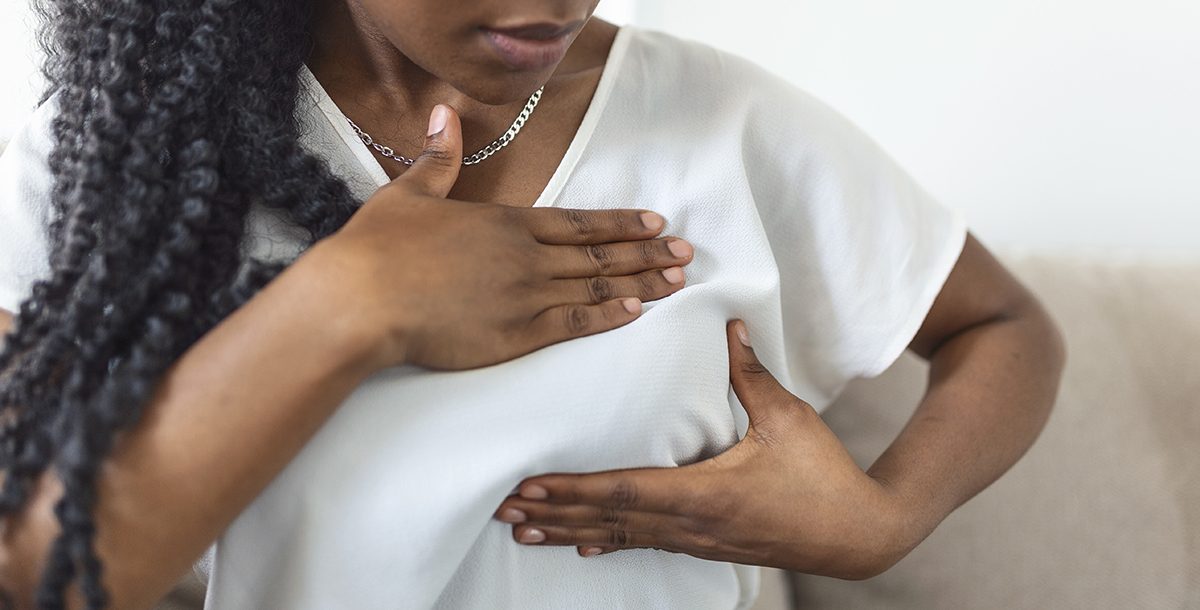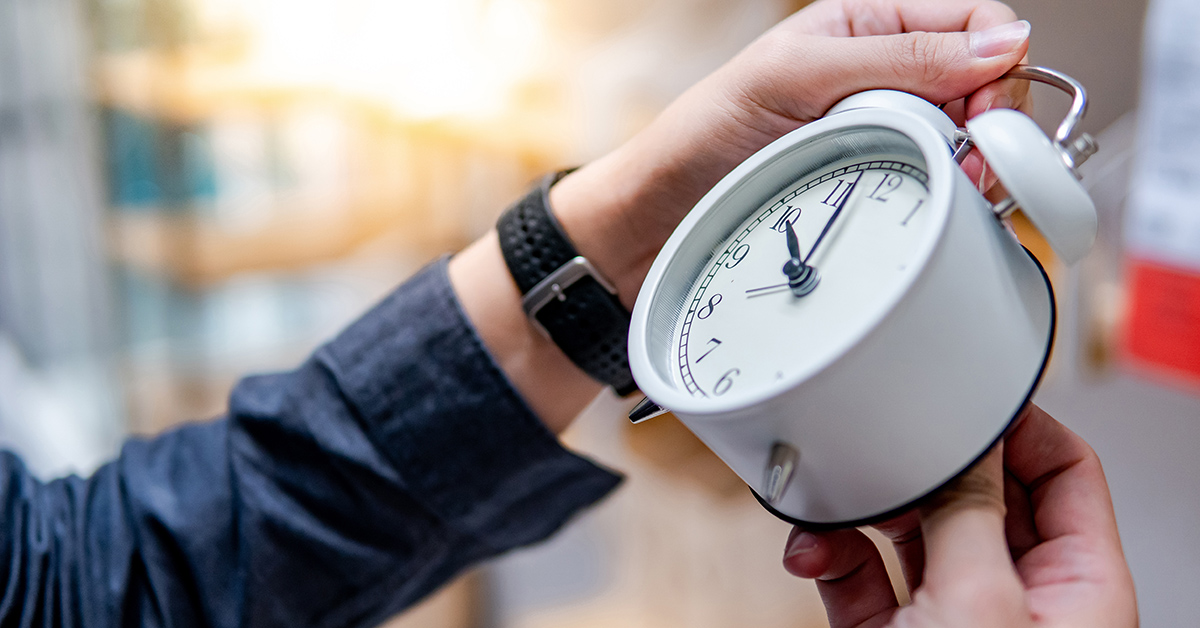It’s important to stay on top of your health, and for women, that means doing regular at-home breast exams. At-home exams can help find breast cancer early. And early detection means better success when it comes to treatment.

“Although regular mammograms are vital for early detection of breast cancer, we also see many women who have found a tumor through breast self-exams,” Stephen Howard Dyar Jr., MD, of Bon Secours Hematology & Oncology, shares. “These can be performed more frequently and at much less expense. Breast self-exams can be performed at about the same time once a month, and any new findings should be reported to your provider for evaluation.”
Some women don’t know how to do at-home breast exams, but this handy guide can help. Read on to learn how to check for breast cancer in a few easy steps.
When should I to do a breast cancer self-exam?
It’s a good idea to make at-home breast exams a regular part of your routine. If you do them monthly, it will be easier to see and feel any changes that might occur.
If you’re still having your period, choose a day in the middle of your cycle to reduce chances of breast swelling or tenderness. If you’re no longer menstruating, pick any day of the month.
You can also make planning easier by scheduling your at-home breast exams on a paper or digital calendar.
First off, do a visual exam.
Remove your shirt and bra. Keeping your shoulders straight, stand in front of the mirror with your hands on your hips. Look for any changes in breast color, shape or size.
Specific changes to look for include:
- Skin that is puckered, dimpled or bulging
- Inverted nipples or nipples that point up, down or sideways
- Redness or rash
Still facing the mirror, raise your arms above your head and hold your hands together.
Look for any changes in the shape of your breasts including dimpling, puckering and bulging.
The last thing to look for is any blood or fluid that might be leaking from one or both nipples. To check for blood or fluid, give each nipple a gentle squeeze. Leaking fluid can be clear, white or yellow in color.
Then move to a manual exam standing up.
After you’ve done your visual exam, it’s time to feel your breasts for any changes like thickened tissue or lumps.
Put one hand behind your neck with your elbow pointing outward. Use your other hand to feel the opposite breast. Beginning at your nipple, use the pads of your first three fingers and move in a circular motion around your breast. This pattern ensures that you don’t miss any of your breast tissue. Make sure to examine your entire breast including the side, armpit and cleavage.
When you’re done with one breast, switch to the other.
A manual exam lying down is next.
Lie down on your bed with your eyes facing the ceiling. Place your left hand behind your neck with your elbow pointing out. Your pillow should be placed under your left shoulder to help spread out your breast tissue for a better exam. Use your right hand to feel your left breast. Beginning at your nipple, use the pads of your first three fingers and move in a circular motion around your breast. Apply three types of pressure: light, medium and firm. Make sure to examine your entire breast, including the side, armpit and cleavage.
Move your pillow under your right shoulder and repeat the process on your right breast.
What does a breast lump feel like?
A breast lump may be a cyst or a tumor. A cyst is usually non-cancerous, has rounded edges and moves around. It may feel like a tiny water balloon or a grape.
A tumor does not move around easily. It feels more rigid than a cyst and it has angular edges.
What steps should I take if I find a lump?
Sometimes, swelling or lumps in the breast are a normal result of injury or hormone changes. Therefore, it’s important not to panic if you find something. If you’re still menstruating, you may want to wait for one full menstrual cycle to see if the growth is still there.
If the growth is still there, be sure to reach out to your primary care provider. From there, they may advise you to monitor your condition or have additional screening like an ultrasound, mammogram or MRI.
Learn more about breast cancer as well as the mammograms and breast imaging services we offer at Mercy Health.





